
The rise of synthetic dollars and AI-backed stablecoins is rapidly transforming the landscape of perpetual decentralized exchanges (Perp DEXs). As traders seek more resilient, yield-generating, and transparent alternatives to traditional stablecoins, these innovations are unlocking new liquidity pathways and reshaping how risk and value are managed in decentralized perpetual trading. Let’s explore how these emerging technologies are changing the game for perpetuals, with a focus on the practical mechanics, strategic advantages, and real-world implementations already making waves across DeFi.

Synthetic Dollars: Engineering Stability Without Banks
Synthetic dollars represent a fundamental shift from legacy fiat-backed stablecoins. Rather than relying on bank deposits or treasuries as collateral, protocols like Ethena USDe use financial engineering to maintain a soft peg to USD. The core mechanism? Automated delta-neutral strategies: by holding crypto collateral while taking offsetting positions in perpetual futures contracts, these protocols create a balance that absorbs price swings in either direction. This means users gain exposure to a dollar-like asset without requiring traditional banking rails or centralized custodians.
A prime example is Ethena USDe, which leverages delta-hedging to keep its value close to $1.00. As detailed by CoinMarketCap and Bybit Learn, this approach allows USDe to operate independently from the banking system while maintaining stability even during volatile crypto market cycles.
Key Benefits of Synthetic Dollars for Perp DEX Traders
-
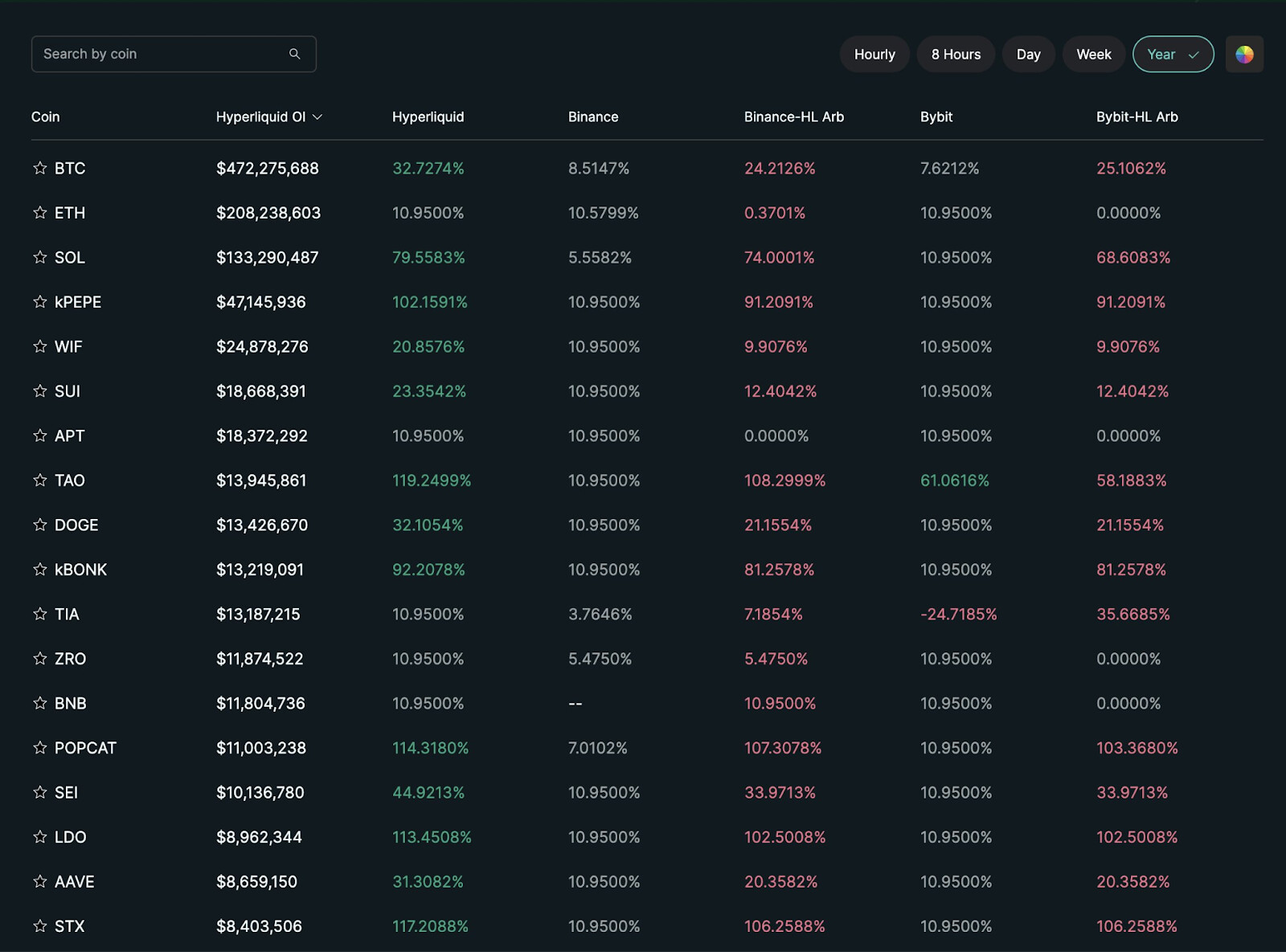
Enhanced Liquidity: Synthetic dollars like Ethena USDe and Pareto USP provide a reliable, dollar-pegged asset for trading, ensuring deeper liquidity pools and smoother transactions on Perp DEXs.
-
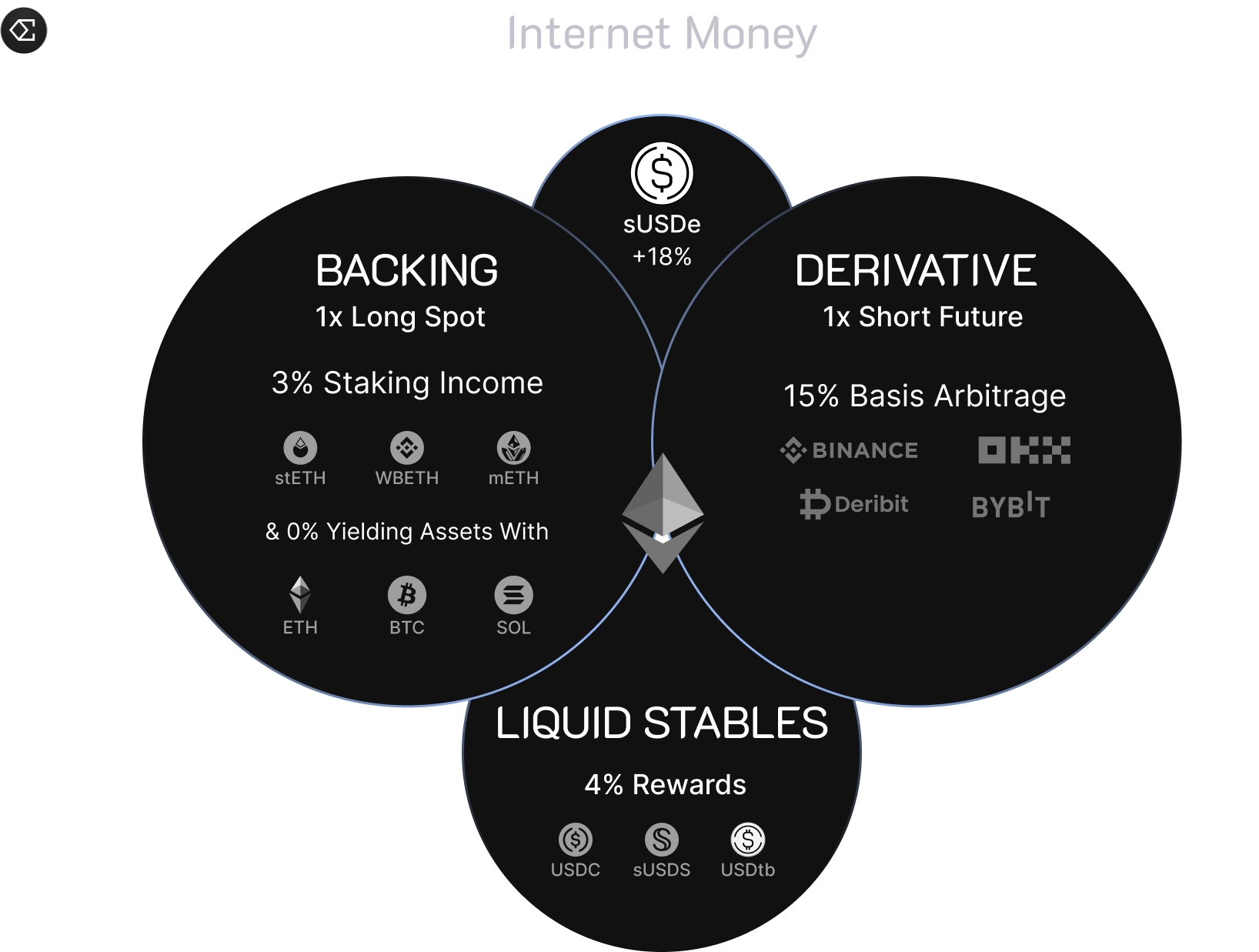
Improved Stability: Delta-neutral strategies and AI-driven stabilization mechanisms, as seen in Ethena USDe and USD.AI, help maintain a consistent peg to the US dollar, even during volatile market conditions.
-

Yield Generation: Yield-bearing synthetic dollars, such as Pareto USP and USD.AI, allow traders to earn competitive returns (with USD.AI offering APYs between 15-25%), attracting more participants and boosting trading activity.
-
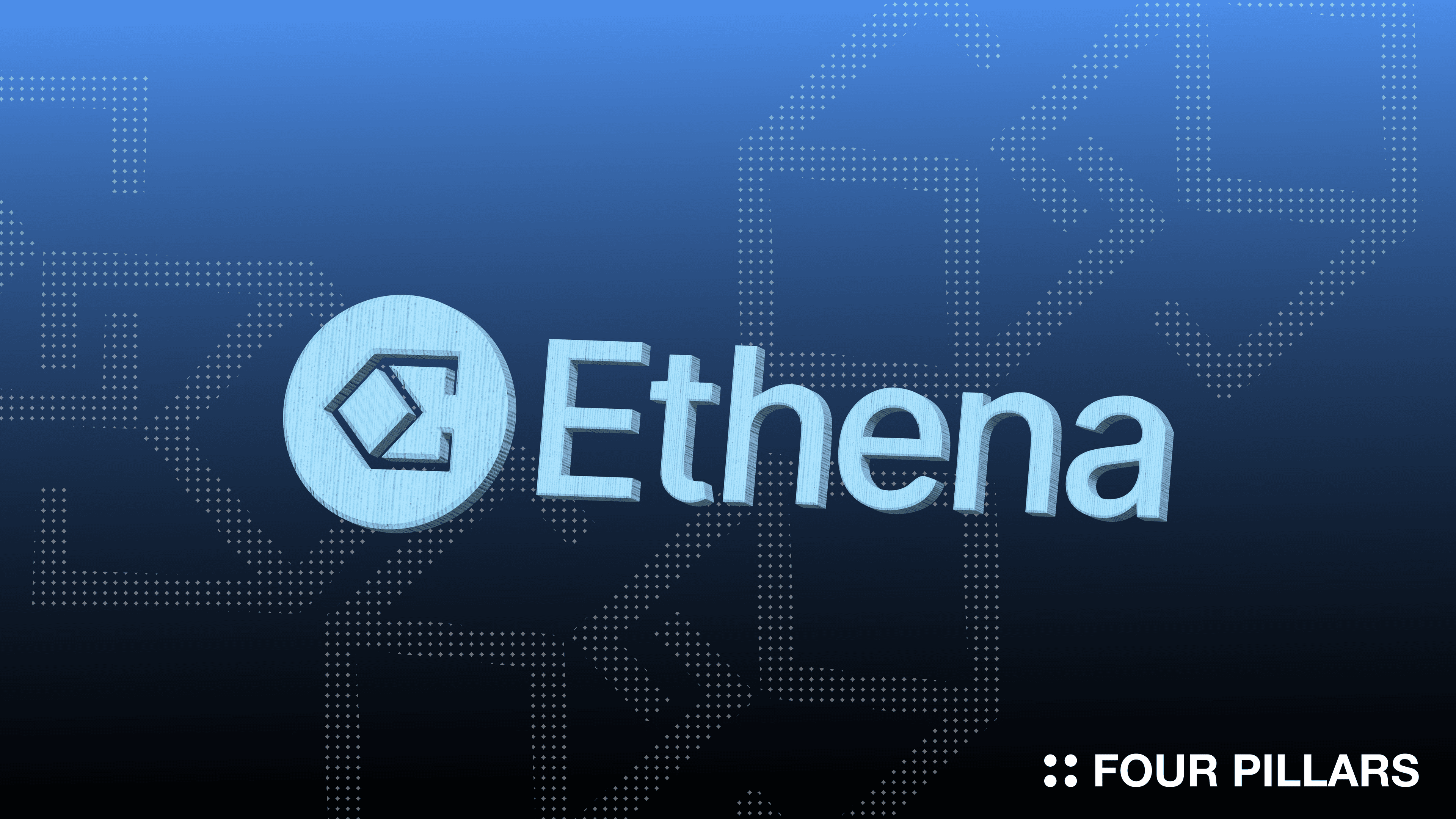
Banking Independence: Synthetic dollars like Ethena USDe operate independently of traditional banking systems, reducing counterparty risk and increasing accessibility for global traders.
-

Access to Real-World Yield: Protocols such as Pareto USP integrate real-world assets (e.g., private credit), allowing Perp DEX traders to benefit from off-chain yield streams while remaining within DeFi ecosystems.
This innovation isn’t limited to pure crypto collateral. Pareto’s USP introduces real-world private credit as backing, where users deposit stablecoins like USDC or USDT that are then lent out to vetted institutional borrowers. The result: participants earn yield while supporting integration between DeFi and real-world assets (see Cointelegraph).
AI-Backed Stablecoins: Smarter Collateral Management and Dynamic Pegs
The next evolution comes with AI-backed stablecoins, which harness artificial intelligence for both risk management and yield optimization within Perp DEXs. Projects like USD. AI stand out by offering yield-bearing synthetic dollars that are backed not just by crypto but also by AI infrastructure assets – in some cases delivering APYs between 15-25%. These coins serve dual purposes: they inject liquidity into growing AI sectors while providing DeFi traders with attractive risk-adjusted returns (Jucoin blog analysis).
Protocols such as JANUS take it further with AI-driven stabilization mechanisms designed specifically for the so-called “stablecoin trilemma”: balancing decentralization, capital efficiency, and price stability. By dynamically adjusting parameters based on real-time market signals, these coins can defend their pegs even during periods of high volatility – a crucial feature for perpetual contract markets where margin calls and liquidations are frequent threats (read more on arXiv).
The Impact on Perpetual Trading: Liquidity, Yield, and Market Efficiency
The integration of synthetic dollars and AI-stablecoins into Perp DEXs is not just theoretical – it’s already driving measurable improvements in market structure:
- Enhanced liquidity: Reliable synthetic assets act as neutral settlement layers, deepening order books and reducing slippage for large trades.
- Improved stability: AI-driven rebalancing helps maintain pegs even during sharp market moves – critical for leveraged positions.
- Yield opportunities: With protocols offering competitive APYs through lending or staking mechanisms, traders can generate passive income alongside active trading strategies.
Top Synthetic Dollar Protocols Powering Perp DEXs
-

Ethena USDe (USDe): A leading crypto-native synthetic dollar, USDe is maintained by Ethena Labs using delta-neutral strategies. It achieves price stability by holding crypto collateral and offsetting perpetual futures positions, making it a core stablecoin for major Perp DEXs.
-

Pareto USP: USP is a synthetic dollar protocol fully backed by private credit. Users mint USP by depositing stablecoins like USDC and USDT, which are lent to vetted institutional borrowers, integrating real-world assets and yield generation into DeFi and Perp DEXs.
-

USD.AI: USD.AI is an AI-backed, yield-bearing synthetic dollar. It leverages AI infrastructure assets for collateral and offers APYs between 15-25%, providing liquidity to both Perp DEXs and the AI sector.
-

Frax (FRAX): FRAX is a hybrid stablecoin protocol that uses both crypto collateral and algorithmic mechanisms to maintain its peg. FRAX is widely integrated across DeFi and Perp DEXs for its capital efficiency and stability.
-

USDX: USDX is an emerging synthetic dollar stablecoin protocol with a multi-chain, multi-currency approach. It aims to provide higher returns and robust stability for users and liquidity pools on Perp DEXs.
This new breed of assets is attracting both sophisticated traders seeking advanced hedging tools and everyday users looking for safer ways to park capital within DeFi ecosystems.
Beyond the technical mechanics, the rise of synthetic dollars DEX and AI stablecoins perpetuals is sparking a shift in trader psychology and market dynamics. Instead of viewing stablecoins as static parking lots for capital, DeFi participants are increasingly treating them as active yield engines and collateral layers. The ability to move seamlessly between synthetic assets, AI-optimized stablecoins, and perpetual contracts gives traders a new level of agility, crucial in markets where speed and flexibility often determine profitability.
Synthetic assets collateral models are also expanding what’s possible for risk management. For instance, protocols that use diversified collateral baskets, combining crypto, real-world assets, and AI infrastructure, are less exposed to single-point failures or regulatory shocks. This diversity not only enhances stability but also unlocks new forms of composability within Perp DEX liquidity innovation: think cross-margining with synthetic dollars, or using AI-backed stablecoins as margin for complex multi-leg strategies.
Challenges Ahead: Transparency, Regulation, and Adoption
Yet these innovations are not without their challenges. Transparency remains paramount: traders need clear visibility into how pegs are maintained, how collateral is managed, and how yields are generated. Protocols that prioritize open-source audits and real-time proof-of-reserves will likely win long-term trust.
Regulatory clarity is another looming hurdle. As synthetic dollar protocols increasingly touch real-world assets or offer high-yield products reminiscent of traditional finance, they may attract scrutiny from global regulators. Projects like Pareto’s USP, backed by private credit, highlight both the potential and complexity of bridging DeFi with legacy financial systems. Staying compliant without sacrificing decentralization will be a delicate balancing act.
The Roadmap for Traders and Builders
If you’re an active trader or protocol builder eyeing this space, a few strategic principles stand out:
- Diversify collateral exposure: Don’t rely solely on one type of synthetic asset; blend crypto-native and real-world backing for resilience.
- Monitor peg mechanisms: Understand how each protocol maintains stability, delta-neutral hedging versus AI-driven rebalancing can have different risk profiles during stress events.
- Pursue composability: Look for Perp DEXs that allow flexible use of synthetic dollars across trading pairs, lending markets, and staking pools.
- Stay informed on audits: Favor protocols with transparent smart contract audits and proactive disclosure practices to mitigate smart contract risks.
Top Perp DEXs Integrating Synthetic & AI Stablecoins
-
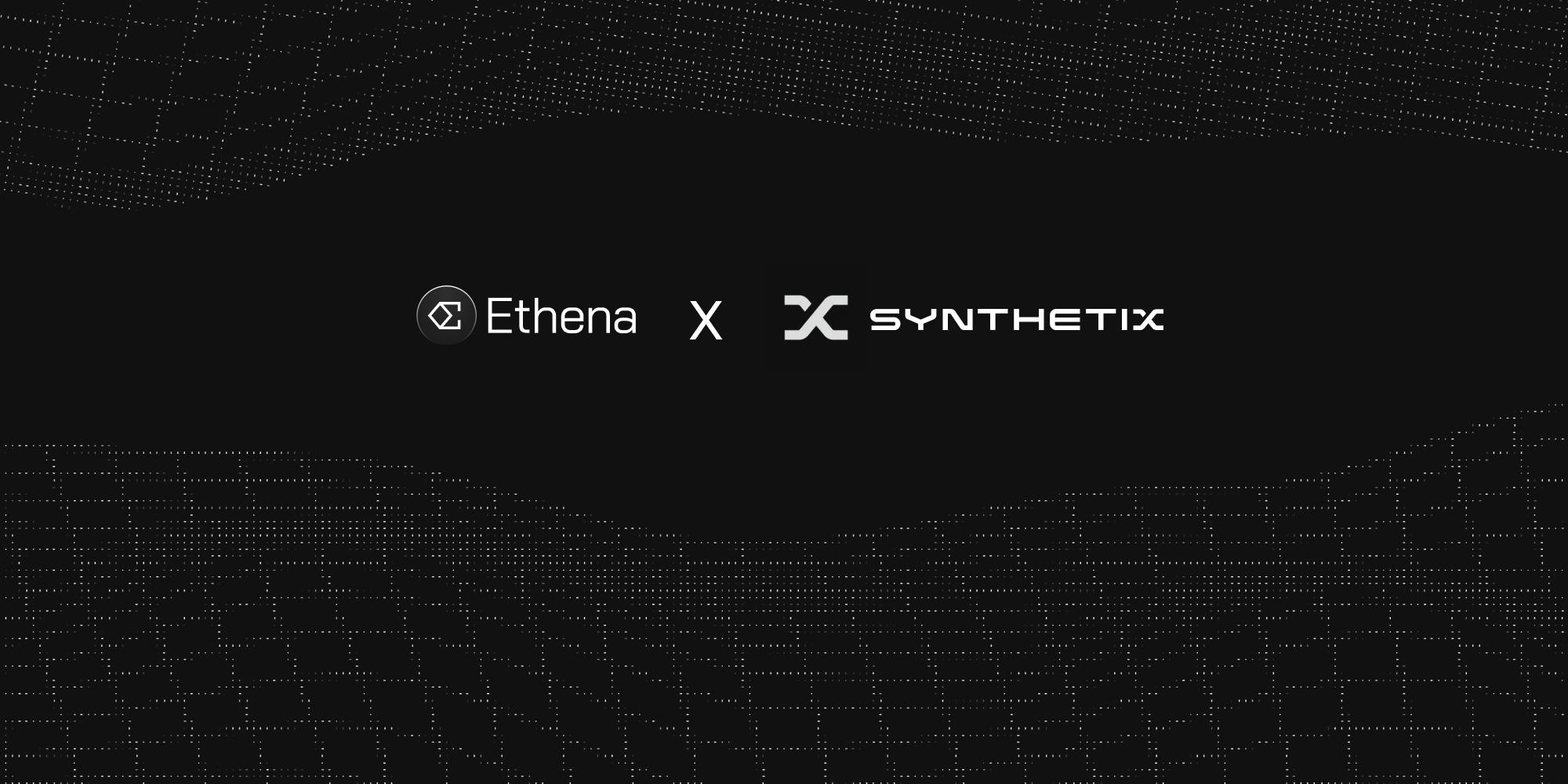
Ethena x USDe on Synthetix Perps: Synthetix integrates Ethena’s USDe, a synthetic dollar stablecoin using delta-neutral hedging, to provide a stable trading pair and enhanced liquidity for perpetual contracts.
-
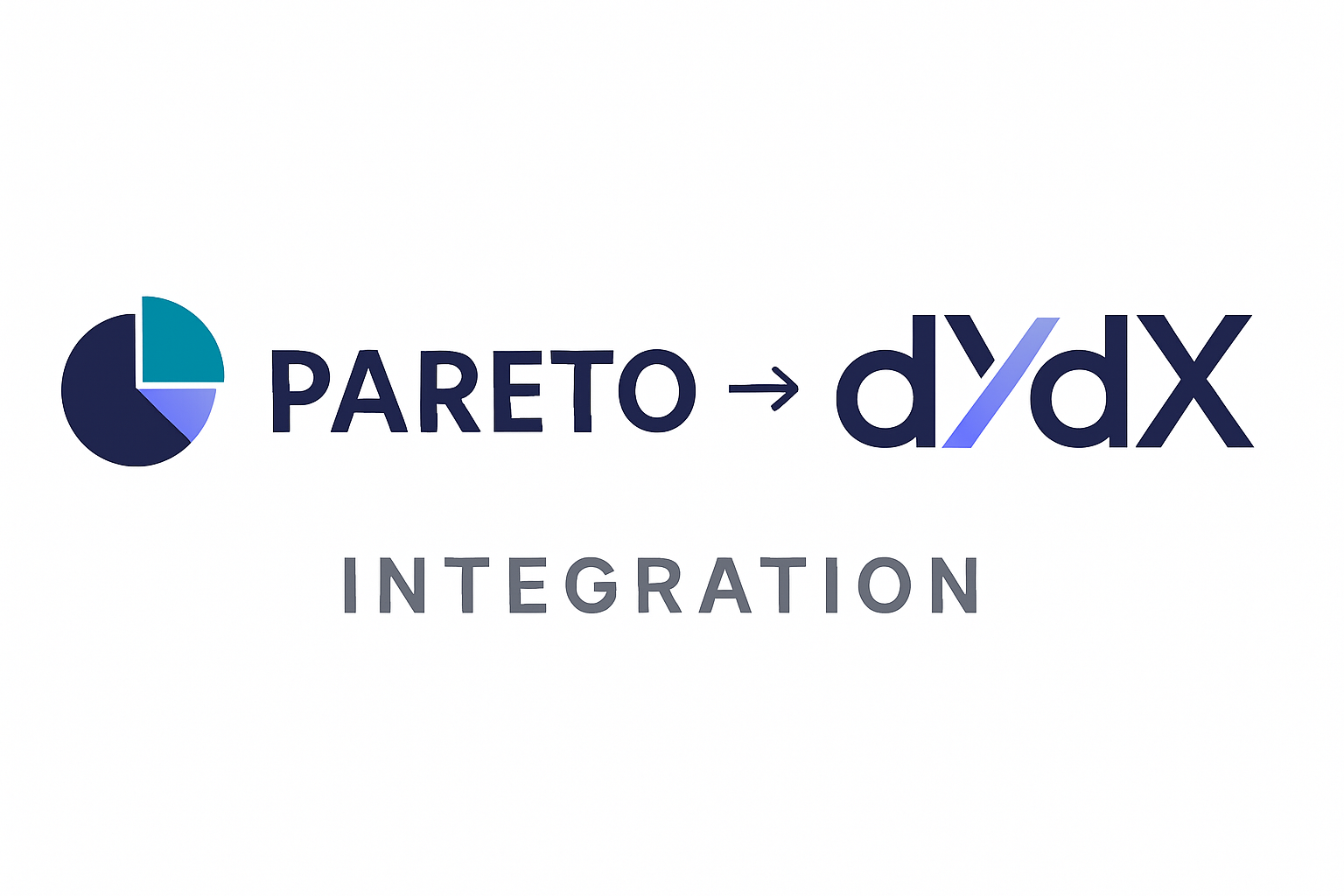
Pareto USP on dYdX: dYdX supports Pareto’s USP, a synthetic dollar fully backed by private credit, enabling users to access real-world yields and stable synthetic collateral for leveraged trading.
-
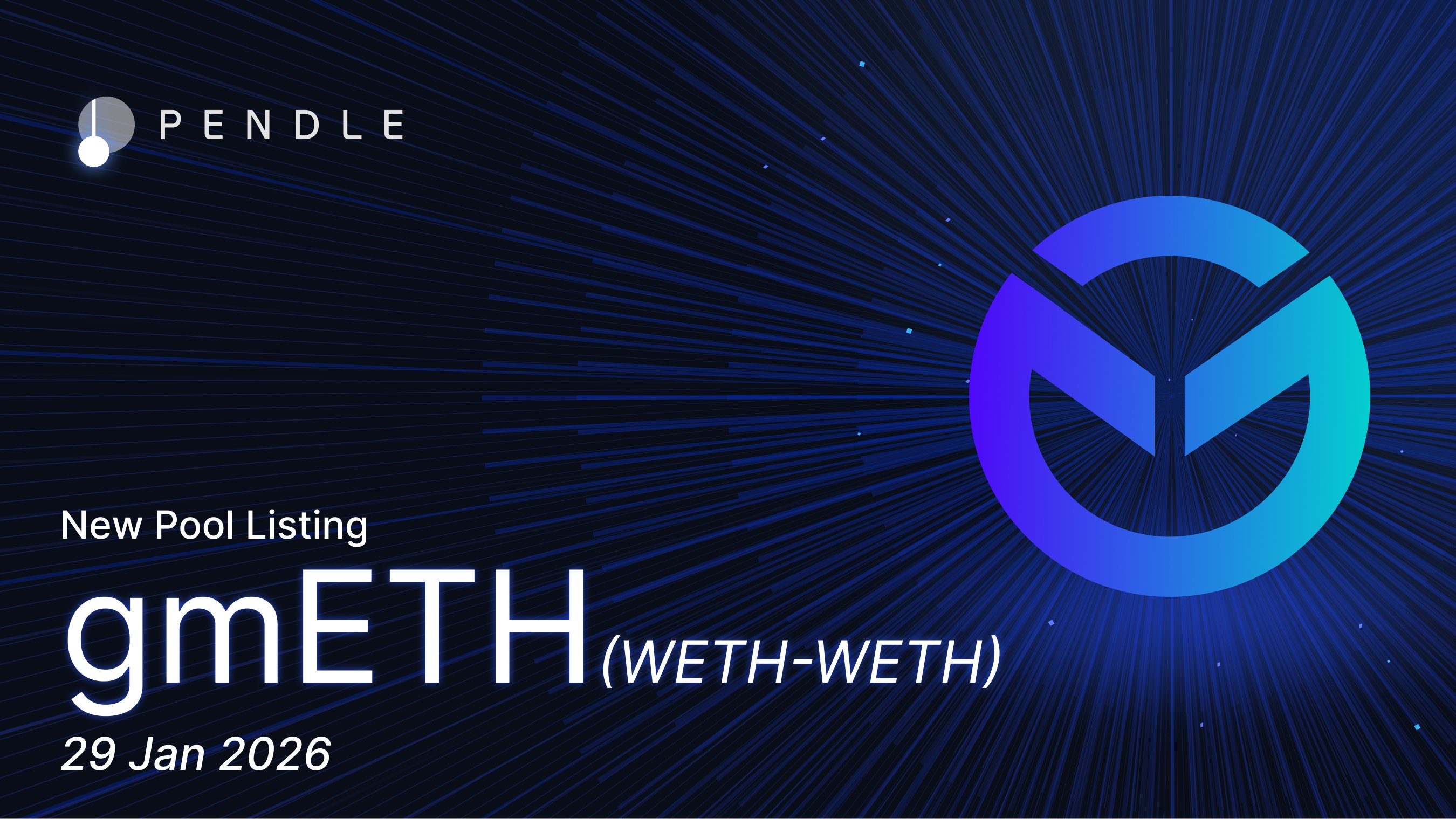
USD.AI on GMX: GMX incorporates USD.AI, an AI-backed, yield-bearing synthetic dollar, optimizing liquidity pools and offering traders exposure to AI infrastructure yields while maintaining price stability.
-
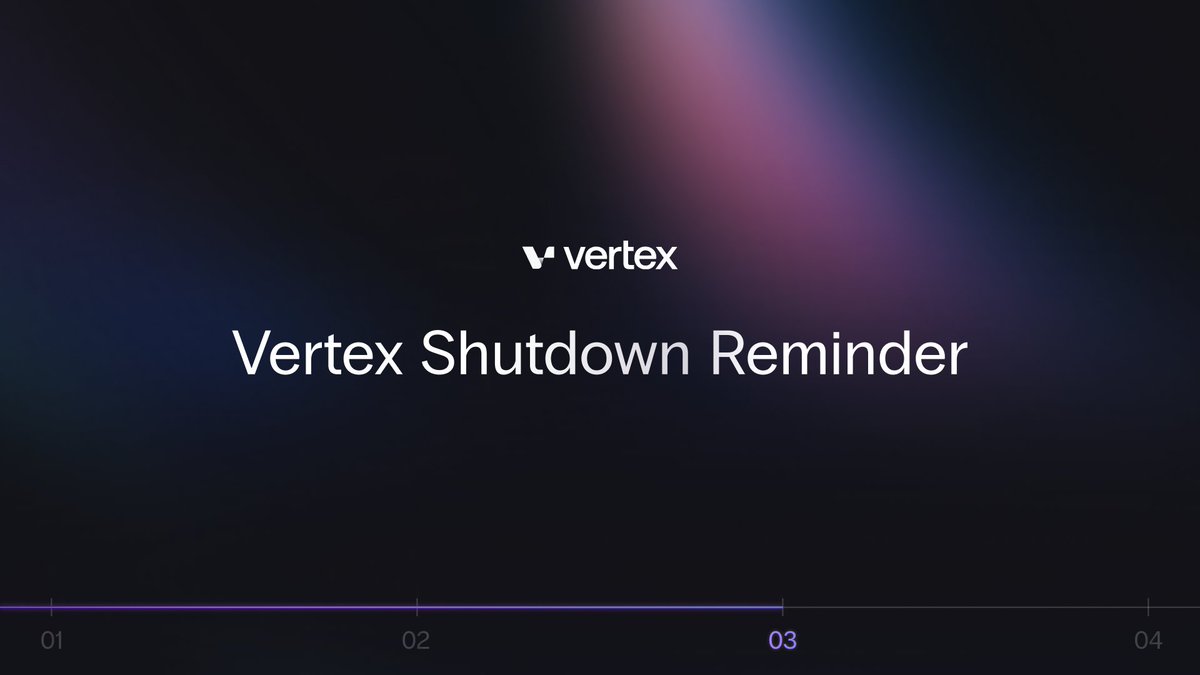
JANUS Protocol on Vertex: Vertex pilots JANUS Protocol, which leverages AI-driven stabilization mechanisms to dynamically maintain the peg and capital efficiency of its synthetic dollar for perpetual markets.
-

USDX on Level Finance: Level Finance integrates USDX, a multi-chain synthetic dollar, providing cross-chain liquidity and diversified collateral options for perpetual trading pairs.
The bottom line? Synthetic dollars and AI-stablecoins aren’t just incremental upgrades, they’re foundational innovations redefining what’s possible in decentralized perpetual trading. As these technologies mature, expect more robust liquidity pools, smarter risk management tools, and new opportunities for yield generation across the DeFi stack. For those willing to adapt quickly, and manage risk intelligently, the future of Perp DEXs looks both dynamic and full of potential.




